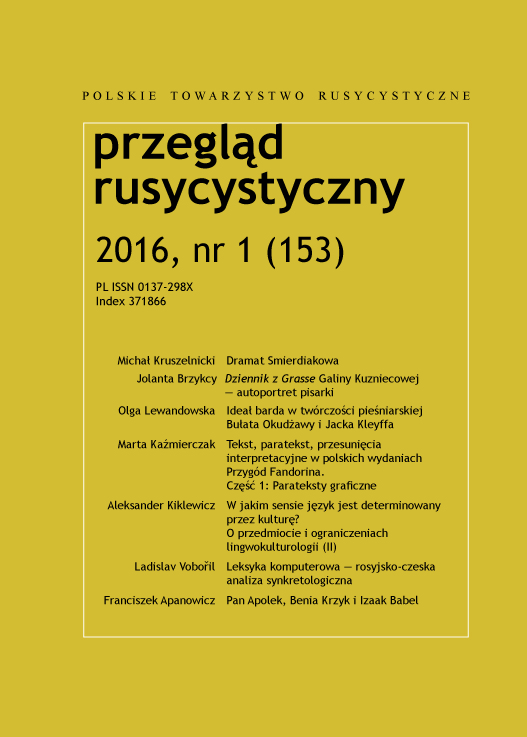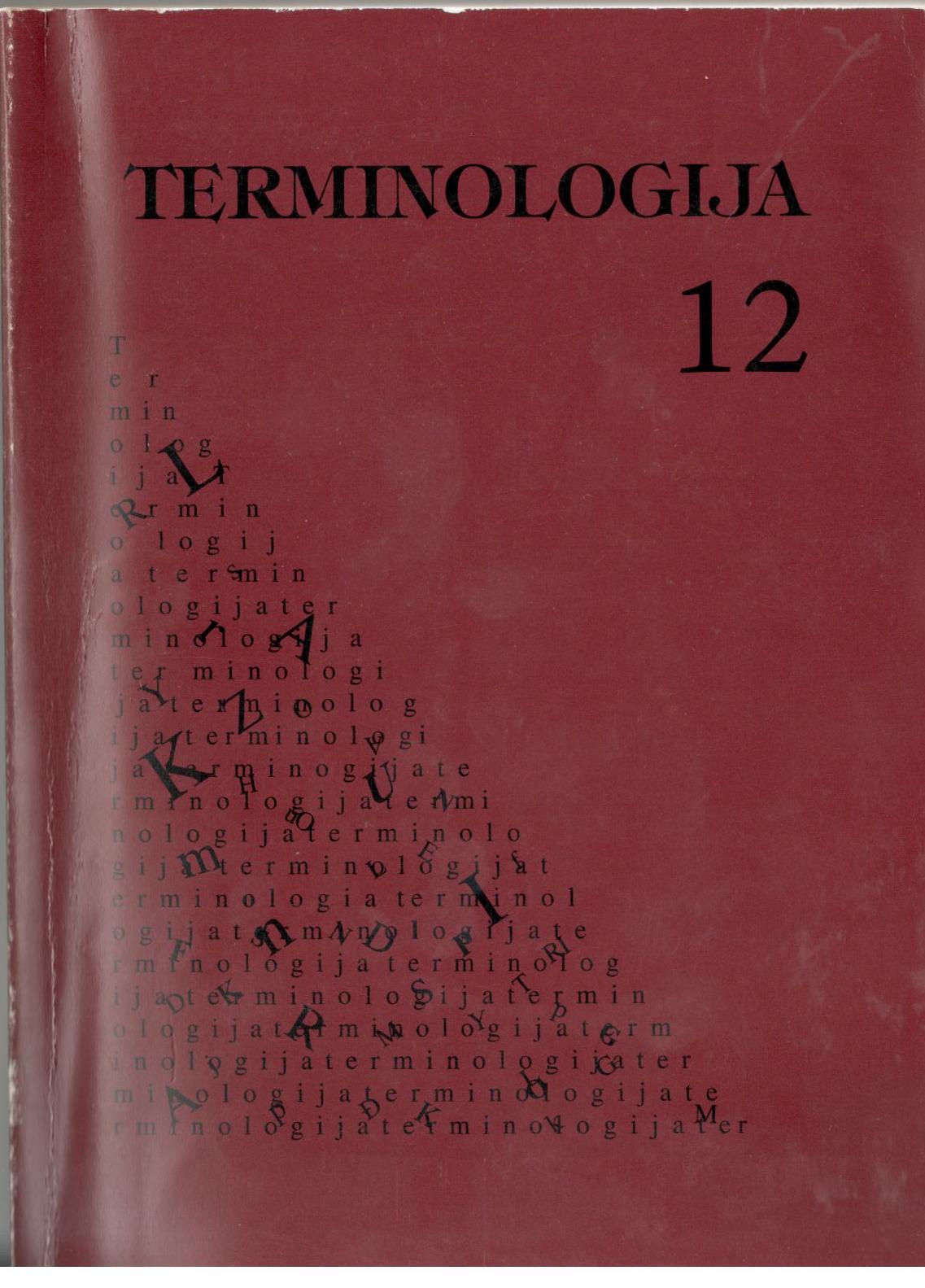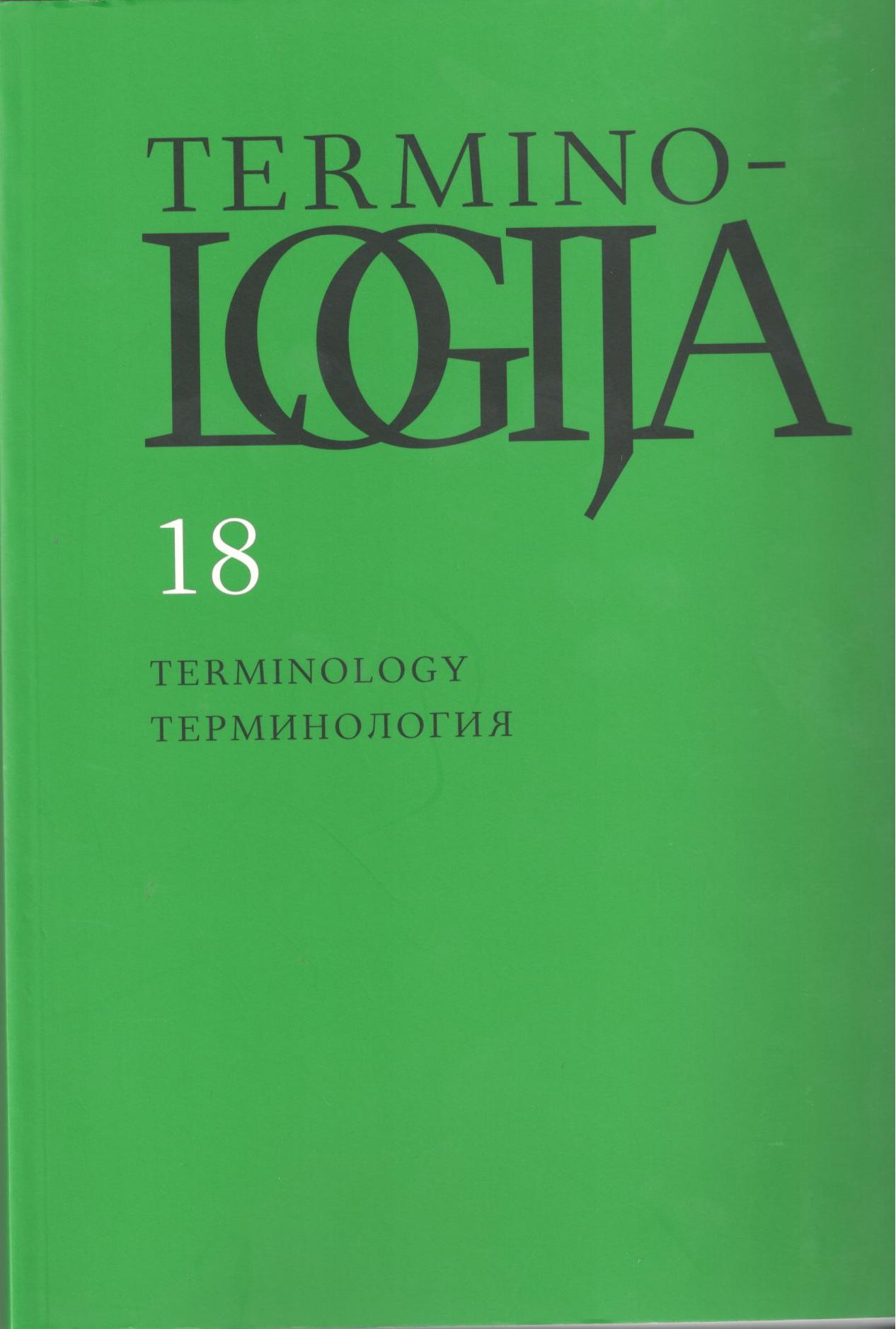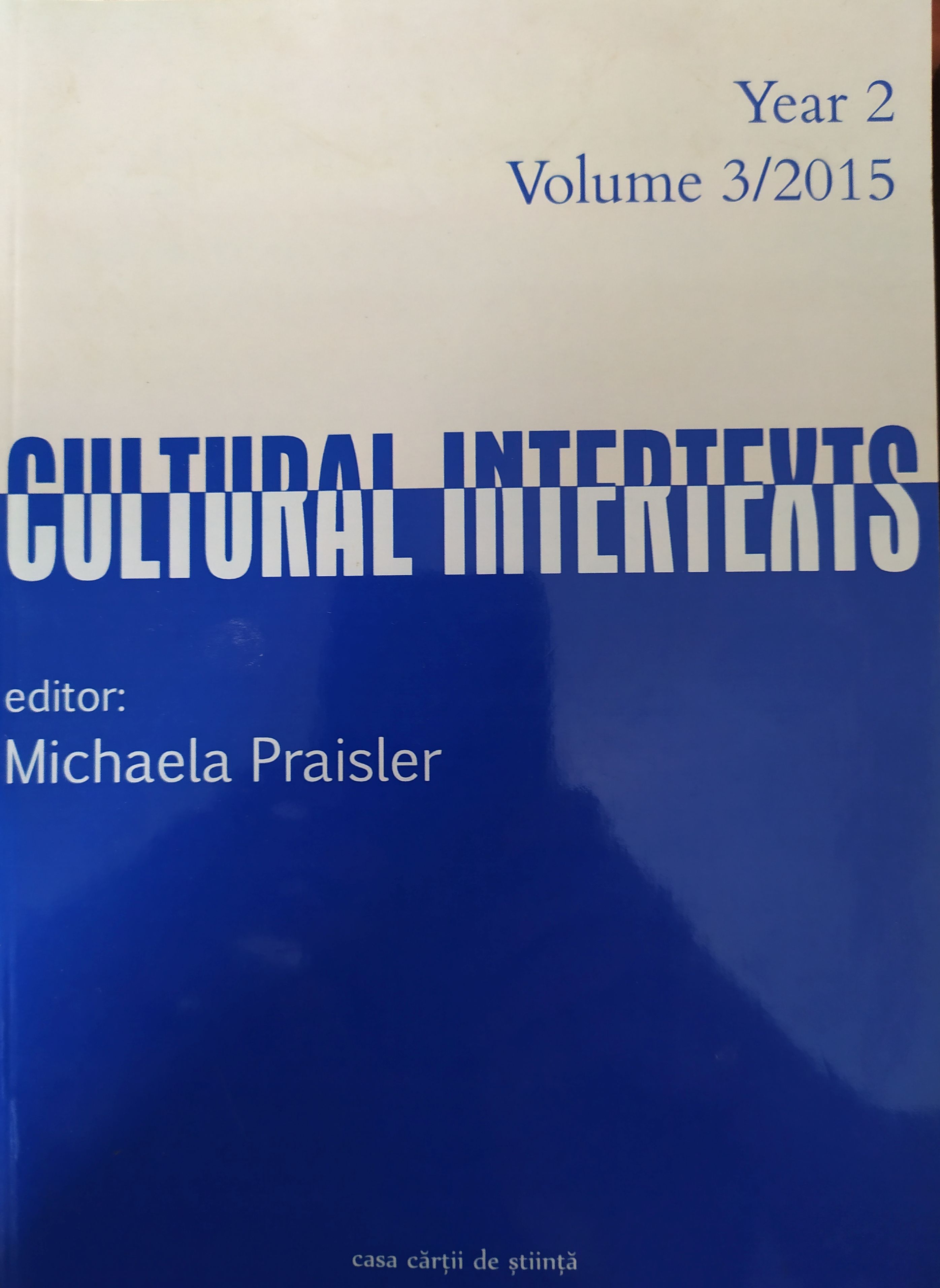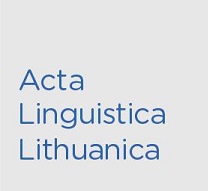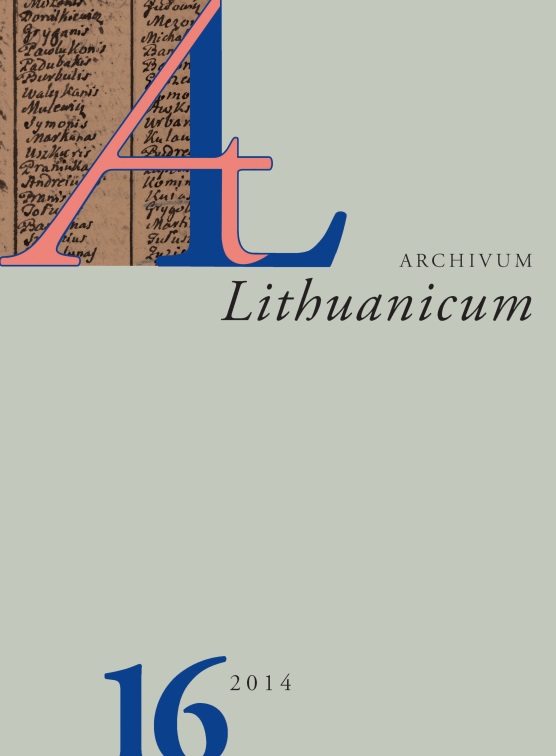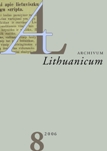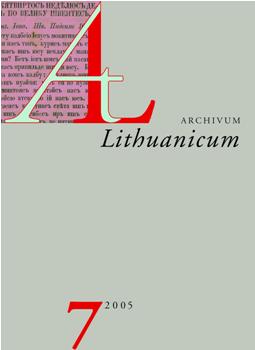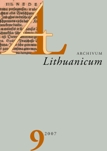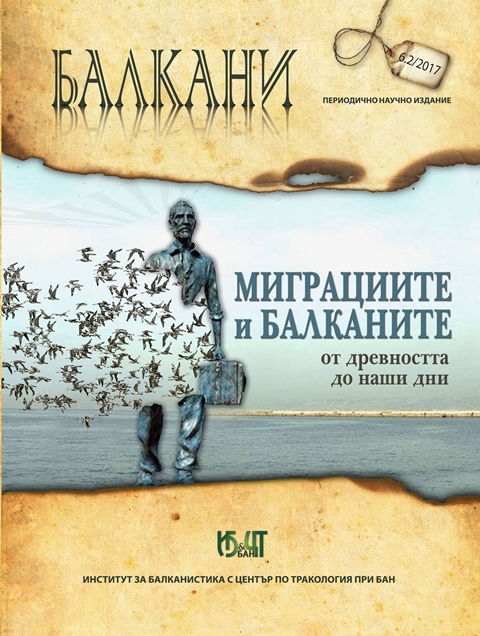Author(s): Danguolė Valančė / Language(s): Lithuanian
Issue: 16/2014
This paper is a historical study of the non-inflected word būtent ‘namely’ in old Lithuanian texts of the 16–17th century. The first Lithuanian grammar Grammatica Litvanica (1653) by Danielius Kleinas defines būtent as an explanatory conjunction. A later grammar by Kristupas Sapūnas and Theophil Schultz (1673) interprets it not merely as a conjunction, but also as an affirmative adverb. Analysis of other texts of the 16–17th centuries has revealed that būtent was used exceptionally by the authors of Lithuania Minor and not by those of Lithuania proper. The first record of this word was found in manuscript Wolfenbüttel Postilla (WP; 1573) as butinte (a long, non-abridged form). In Lithuanian texts of the 16–17th centuries there were 72
cases of būtent found. Majority of them were attributed to a hand of a single author Jonas Bretkūnas – 48× in his Postilla (1591) and 1× in Psalteras (1580). Data from Bretkūnas manuscript translations of both New and Old Testament were not completely available to provide concrete numbers. In other 16–17th century Lithuanian texts 21 cases of būtent were spotted: 3× in grammars (in the grammars by Kleinas and by Sapūnas and Schultz, resp. 1× and 2×), 6× in manuscript dictionaries (1× Lex and 5× C), 12 in various religious writings (1× WP, 1× MT, 3× MTP, 3× RPs, 1× KlNG, 1× RG, 2× ŠKS). In translated Lithuanian texts būtent was translated as an equivalent of either German nemlich (BST 4 Mo 31,8, BNT Rom 2,6–7, BPs 122,4, RPs 1224, RPs 844, RPs 1067, MTP 6r12, MTP 14r10, MTP 33v17, C I 24122, C II 12519–21, C II 20017, C II 86325, KING 28114, RG 1981, ŠKS 1913, ŠKS 633) or Latin praesertim (MT 99v19). In all, translations provide 18 cases of būtent. Bretkūnas was quite a creative translator, since along with būtent he also often exploited nun and tatai as equivalents of nemlich, or simply avoided any direct translation. In Bretkūnas’s original (not translated) work Postilla, however, the case of būtent was even more frequent (48×). Thus, būtent was not just a loan-translation, but a word functioning in original text as well.
More...

